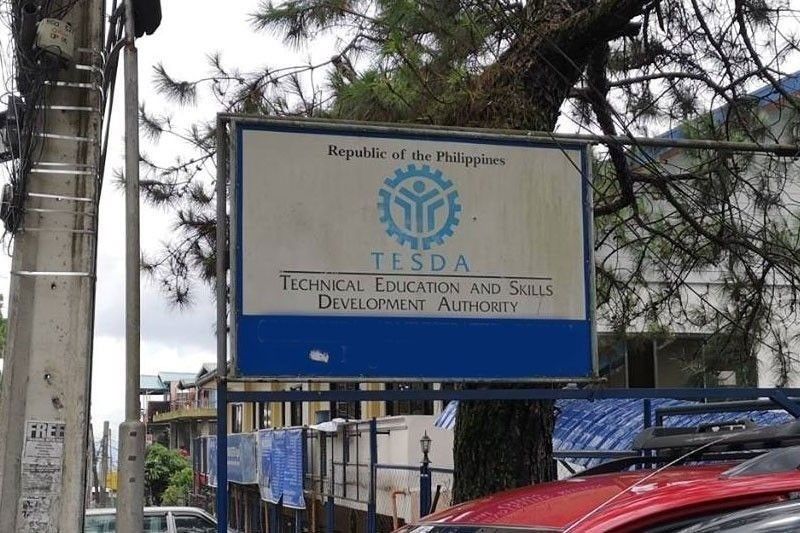TESDA flagged over poor employment training program

MANILA, Philippines — The Commission on Audit (COA) has scolded the Technical Education and Skills Development Authority (TESDA) for the poor outcome of its P2.1-billion Special Employment Training Program or STEP, which aims to help those in the disadvantaged sectors get a job.
In its 2019 annual audit TESDA report, the COA noted that of the 75,004 graduates of the STEP last year, only 5.64 percent or 2,451 landed jobs, way below the agency’s target of 65 percent employment rate.
“The employment rate obtained is substantially low compared with the agency’s targets of 65 percent of total graduates. Hence, the program failed to achieve its objective to promote employment, through entrepreneurial, self-employment and self-oriented activities,” the report stated.
The poor outcome was despite a whopping budget for the program amounting P2.103 billion, the audit body said.
The COA’s breakdown showed that of the 137,522 available slots for the program, only 111,333 enrolled or a difference of 19 percent.
Of the enrollees, only 75,004 were able to finish the program and graduate.
The figure was further trimmed down as only 45,123 of graduates were assessed. Of the number, 96.33 percent or 43,469 passed the assessment and were issued certification as ready-to-work. However, only 2,451 ended up with real jobs.
“Thus, up to the certification stage, the results of training were quite sufficient, However, the ultimate goal of the program, which is employment, showed an unfavorable rate of only 5.64 percent,” the COA said.
Comparing the total number of enrollees against the number of trainees who found work translates to just two successful end goals (employment) for every 100 scholars.
The COA stressed that the STEP was supposed to benefit scholars belonging to the disadvantaged sectors, including workers in the informal sector, senior citizens, victims of calamities and members of indigenous and cultural communities.
The budget for the STEP scholarship was determined by the scholarship allocation plan (SAP) submitted by each region, province or district based on their absorptive capacity, available opportunities, presence of new and emerging industries and key employment generators in the locality.
The COA’s record showed that the National Capital Region got the biggest STEP fund allocation last year amounting P175.814 million for training and another P167.468 million for tool kits.
Central Luzon came in second with P126.362 million for training and P100 million for tool kits.
However, the 2019 Physical Accomplishment Report submitted by TESDA to the audit team showed that both the NCR and Central Luzon offices posted zero employment for STEP despite having 20,691 and 12,481 enrolled scholars, respectively.
- Latest
- Trending





























